What makes it so difficult for SaaS companies to stand out and capture quality leads in 2025?
The answer lies in how much the landscape has shifted.
Traditional lead generation tactics that once fueled growth are no longer enough.
Buyers now expect personalized experiences across multiple touchpoints, from email to social to product demos, and they are quick to move on if those expectations are not met.
On top of that, competition has never been tougher, with countless SaaS solutions vying for the same audience’s attention. To succeed, marketers need more than surface-level tactics.
They need well-structured funnels, data driven strategies, and a sharp focus on metrics like customer acquisition cost and lifetime value.
This blog highlights exactly how SaaS businesses can consistently attract and convert high-quality leads.
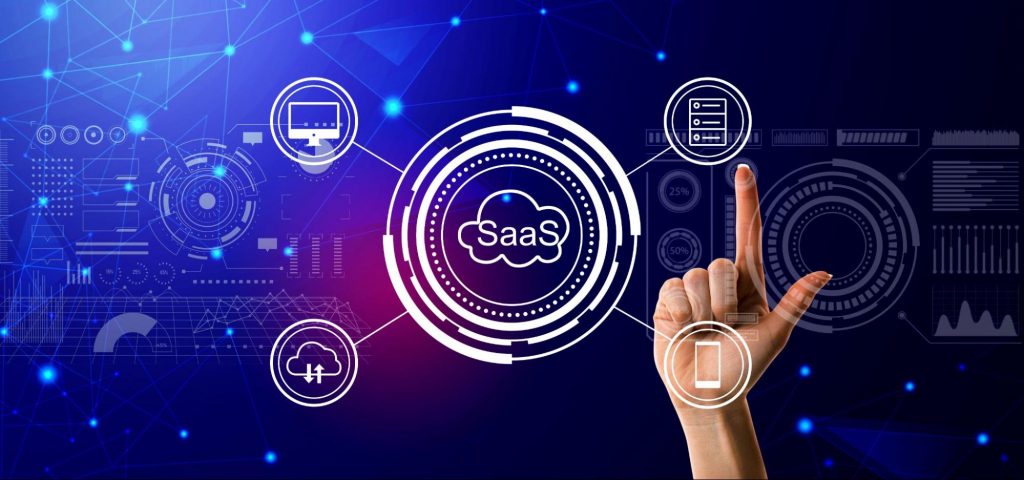
SaaS lead generation means attracting people who might be interested in your software and turning them into potential customers.
It’s different from traditional lead gen because SaaS businesses usually works on a subscription model. Instead of selling a product once, you need customers to keep paying every month or year. This means the lead journey is longer and more complex.
To highlight the differences, here’s a comparison table:
Aspect | Traditional Lead Generation | SaaS Lead Generation |
Sale Type | One-time purchase | Subscription-based (monthly/annual) |
Customer Journey | Short and straightforward | Long, complex, involving research and trials |
Revenue Model | Immediate revenue | Recurring revenue over time |
Focus | Quick conversion | Long-term value and retention |
People looking for SaaS spend time researching online, comparing options, and often trying free trials before they buy. They don’t just want a quick sale; they want solutions that fit their needs over time. Because of this, SaaS companies need to focus on high-quality leads; those likely to stick around and keep paying. This helps grow monthly recurring revenue and reduces churn.
For example, HubSpot’s inbound methodology has been instrumental in reducing churn by emphasizing high-quality leads through content that educates and nurtures prospects, leading to stronger customer retention and over $100 million in annual recurring revenue.
Focusing on the right leads also helps sales teams spend time on the best prospects. So, SaaS lead generation is about attracting, educating, and nurturing potential customers through multiple steps until they become loyal users. It’s a smart, ongoing process that requires patience and the right tools.
In fact, 53% of marketers allocate at least half their budget to lead generation, underscoring its importance. Businesses that nurture leads effectively see 50% more sales at 33% lower cost compared to those that don’t.
To detail this ongoing process, it involves integrating tools like CRM systems (e.g., HubSpot or Salesforce) for tracking interactions and automating workflows. Common pitfalls include ignoring post-trial nurturing, which can lead to higher churn as users fail to see full value.
Best practices emphasize patience, such as segmenting leads for personalized follow-ups and monitoring engagement metrics. Keep in mind that the average SaaS sales cycle is 84 days, so building relationships gradually is key to converting leads into loyal users.
Building a strong SaaS lead generation strategy starts with clear goals and a deep understanding of who you want to attract.
Start by defining what you want to achieve. Are you looking to increase the number of leads, improve their quality, lower the cost to acquire customers, or boost recurring revenue? Having clear goals helps your team measure success and stay focused. Break big goals into smaller milestones to keep momentum. To set effective objectives, use the SMART framework: Specific, Measurable, Achievable, Relevant, and Time-bound.
For example, a SMART goal might be: “Increase marketing qualified leads (MQLs) by 20% in Q1 through targeted content upgrades on high-traffic blog posts.” As a key benchmark, aim for an LTV:CAC ratio of 3:1, where customer lifetime value is at least three times the acquisition cost, ensuring sustainable profitability.
Knowing who your perfect customers are is crucial. Your ideal customer profile, or ICP, describes the type of company that benefits most from your product. Then, create buyer personas; detailed descriptions of individuals within those companies, including their roles, challenges, and goals. This helps tailor your marketing messages to speak directly to their needs.
To create them, follow this step-by-step process: First, analyze past customer data from your CRM to identify patterns in successful conversions, such as company size or industry. Next, conduct surveys and interviews with top customers to uncover pain points and behaviors. Finally, use tools like HubSpot’s free persona templates to compile the information into actionable profiles.
For example, for a project management SaaS, the ICP might be mid-size tech firms with 50-200 employees facing collaboration issues across remote teams. Precise ICPs can reduce CAC by up to 30% through better targeting and resource allocation.
Understand the journey your leads take through your funnel. At the top, you focus on attracting visitors and building awareness. In the middle, you nurture interested prospects by educating and engaging them. At the bottom, you work to convert them into paying customers. Each stage requires different content and tactics.
Stage | Tactics | Content Types | Key Metrics (Benchmarks) |
TOFU (Top of Funnel) | Awareness via blogs, SEO, social media | Educational blog posts, infographics, videos | Traffic growth 15-20% MoM; 2-5% visitor-to-lead conversion |
MOFU (Middle of Funnel) | Nurturing via webinars, email sequences | Case studies, ebooks, webinars | 20-30% lead nurture engagement; MQL conversion 10-15% |
BOFU (Bottom of Funnel) | Conversion via demos, personalized outreach | Product demos, pricing guides, testimonials | 5-10% SQL-to-customer conversion; overall funnel efficiency 2-4% |
In 2025, there’s a shift toward non-linear “anti-funnel” journeys, where buyers jump between stages via self-service tools and AI recommendations, requiring modular, on-demand content to reduce drop-offs by up to 25%.
To know how well your efforts are working, track important metrics. Customer acquisition cost (CAC) measures how much it costs to gain a customer. Lifetime value (LTV) estimates how much revenue a customer brings over time. Lead velocity rate (LVR) shows how fast qualified leads are growing. Sales qualified leads (SQLs) and marketing qualified leads (MQLs) help identify where leads are in the buying process.
Sales qualified leads (SQLs) and marketing qualified leads (MQLs) help identify where leads are in the buying process. Key formulas include: CAC = (Sales + Marketing Costs) /
New Customers; LTV = (ARPU × Gross Margin) / Churn Rate; LVR = ((Qualified Leads This Month – Last Month) / Last Month) × 100.
Benchmarks: Ideal LTV:CAC 3-7:1; CAC payback <12 months for SaaS.
Use tools like Google Analytics for traffic and conversion tracking, and Mixpanel for user behavior insights.
Inbound lead generation is the way SaaS companies attract potential customers by offering valuable and helpful content. Instead of pushing sales messages, inbound marketing invites people in by answering their questions and solving their problems. It is about building trust and guiding prospects naturally toward your product.
Search engines like Google have evolved. They now focus on understanding what people actually want when they search. For SaaS companies, this means creating clusters of related content around important topics. These topic clusters help by covering all angles of a subject, so users find exactly what they need.
For example, a topic cluster on “SaaS security” could include a pillar page providing an overview and sub-articles on data encryption, compliance standards, and threat detection.
Writing long-tail content, which is content that targets very specific search phrases, attracts highly interested visitors who are closer to buying. Creating content that matches different search intents leads to better rankings and more qualified visitors. Content marketing generates 3x more leads than outbound.
In 2025, key trends include AI-optimized SEO for better content relevance and voice search integration to capture conversational queries from devices like smart speakers.
Giving something valuable away builds a connection with visitors. This could be an ebook with helpful advice, a detailed whitepaper, or a live webinar that answers key industry questions. Live demos of software allow users to see the product in action and ask questions.
These offers, called lead magnets, encourage people to share their contact details so your sales team can follow up. To optimize, use exit-intent popups to capture visitors about to leave, and tools like OptinMonster for creating targeted forms.
More SaaS companies are using their products as their best marketing tools. Free trials or freemium models let potential customers try before they buy. This approach allows users to experience the value themselves without risk. It works when companies provide easy onboarding and support to help users get started and see success quickly.
For instance, Dropbox’s referral program within its freemium model drove 3900% growth in 15 months by rewarding users with extra storage for invites. Similarly, Slack’s freemium model enabled rapid adoption by allowing teams to start using the tool for free and upgrade as needs grew. Aim for 20-30% trial-to-paid conversion rates through effective onboarding and value demonstration.
When buyers look for software, they trust what other users say more than ads. Showing customer reviews, testimonials, and case studies gives new visitors confidence. User-generated content like stories or videos shared by real customers adds authenticity. This social proof motivates visitors to take the next step, increasing the chances of conversion.
Tactics include using tools like Famewall to collect and display testimonials dynamically on your site. 92% of consumers are more likely to trust peer recommendations over advertising.
Outbound lead generation means actively reaching out to potential customers rather than waiting for them to find you. It plays a crucial role in expanding your reach beyond organic channels and building a predictable sales pipeline. In 2025, it’s about combining personalization, data, and multi-channel approaches to connect with the right prospects.
Cold emailing is one of the most widely used outbound tactics. To stand out, messages must be well-targeted and genuinely useful. Segment your audience based on factors like industry, company size, and job role to tailor your emails to specific groups. Personalization goes deeper than using a name; it means referencing the prospect’s specific challenges or goals.
For example, a subject line like “How [Company Name] can boost project efficiency by 25%” can achieve open rates of 20-30% when personalized.
Here are some effective subject line templates:
Respecting privacy laws is essential. Always include a clear way to unsubscribe and avoid spamming. For GDPR compliance, A/B test subject lines and email content to ensure opt-in consent clarity, reducing spam complaints by up to 15%.
Tools that automate follow-ups based on recipient actions increase success rates by keeping the conversation going without manual effort.
LinkedIn is a powerful platform for SaaS outbound efforts. Social selling focuses on building genuine relationships by sharing helpful content and engaging in conversations rather than hard selling. ABM goes a step further by targeting high-value companies with customized campaigns designed around their needs.
This focused approach improves engagement and conversion since messages address real pain points and business objectives. Recent data shows ABM campaigns deliver higher ROI as they concentrate marketing and sales efforts on the most promising prospects.
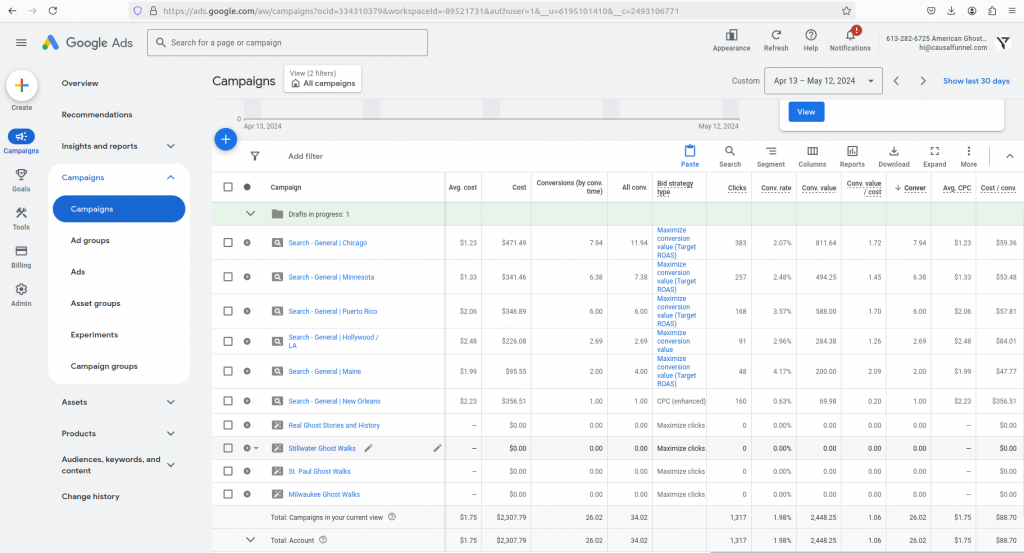
Participating in or hosting events like webinars, roundtables, or industry conferences gives a chance to connect live with potential clients. Paid ads through pay-per-click and pay-per-lead channels allow precise targeting based on location, industry, or behavior.
Conversational tools, such as chatbots and live chat, provide instant engagement on your website, capturing interest when it is strongest. Retargeting ads remind visitors who showed initial interest and encourage them to return and engage deeper.
In today’s SaaS world, traditional straight-line sales funnels no longer fit how buyers make decisions. The modern funnel is flexible and modular, reflecting the complex, non-linear journeys customers take. Understanding and designing for this allows SaaS companies to connect better, reduce drop-offs, and nurture leads more effectively.
Buyers no longer follow a neat path from awareness to purchase. They jump between research, evaluation, and trial phases, revisiting information multiple times before deciding. This “anti-funnel” approach breaks down the funnel into modular pieces that can work independently yet connect smoothly. Marketers focus on building blocks like awareness content, product demos, and onboarding guides that prospects can access in varied sequences depending on their needs.
Every funnel has places where prospects lose interest or fall away. These drop-off points might happen during a signup form, after a trial period, or between marketing and sales handoffs. The key is to track user behavior closely, using analytics to identify where prospects leave. Once found, implement targeted fixes such as simplifying forms, offering live help, or sending personalized follow-ups. Reducing friction here keeps more leads moving forward.
With buyers jumping across email, social media, chat, and your website, nurturing must happen on every relevant channel. Consistently delivering useful information that matches where a prospect is in their journey creates trust and guides decisions. Email drip campaigns, remarketing ads, and social engagement work together to keep your brand top of mind without overwhelming prospects.
Real-time support helps prospects get unstuck fast, improving conversions. Live chat connects visitors to experts instantly, answering questions and clarifying doubts. Pop-ups that offer discounts or resource downloads can trigger at key moments to capture interest. On-site engagement tools monitor behavior to suggest the next best action, whether it’s booking a demo, starting a free trial, or viewing pricing.
In 2025, SaaS marketers have a wealth of tools to attract, nurture, and convert leads at every stage of the funnel. Choosing the right mix and integrating them effectively is critical to build a seamless, data-driven lead generation engine. Let’s dive into top tools popular for their unique strengths and how AI and privacy-friendly tech shape this landscape.
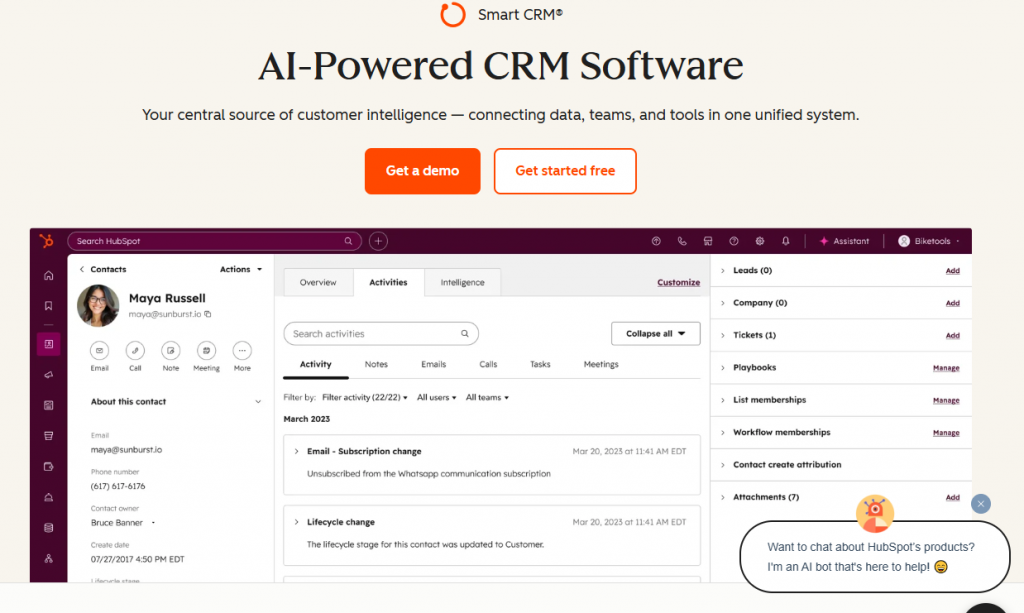
Unbounce and Instapage allow marketers to create and test high-converting landing pages with drag-and-drop ease, no coding needed. They include powerful A/B testing and dynamic text features to match visitor intent, increasing conversion rates for campaigns.
OptinMonster focuses on lead capture with customizable popups, exit intent offers, and targeting rules that help convert visitors who are about to leave the site.
Leadfeeder identifies which companies visit your website and provides insights into their behavior and interest level. It integrates with CRMs to prioritize outreach effectively.
MadKudu and Infer use AI-powered predictive lead scoring to analyze historical data and rank leads by how likely they are to convert. This turns mountains of data into actionable sales priority lists.
Automation platforms like Zapier and Make (formerly Integromat) connect different apps and automate lead data flow across your marketing stack. These tools eliminate manual work, ensuring leads move smoothly between systems for timely follow-up.
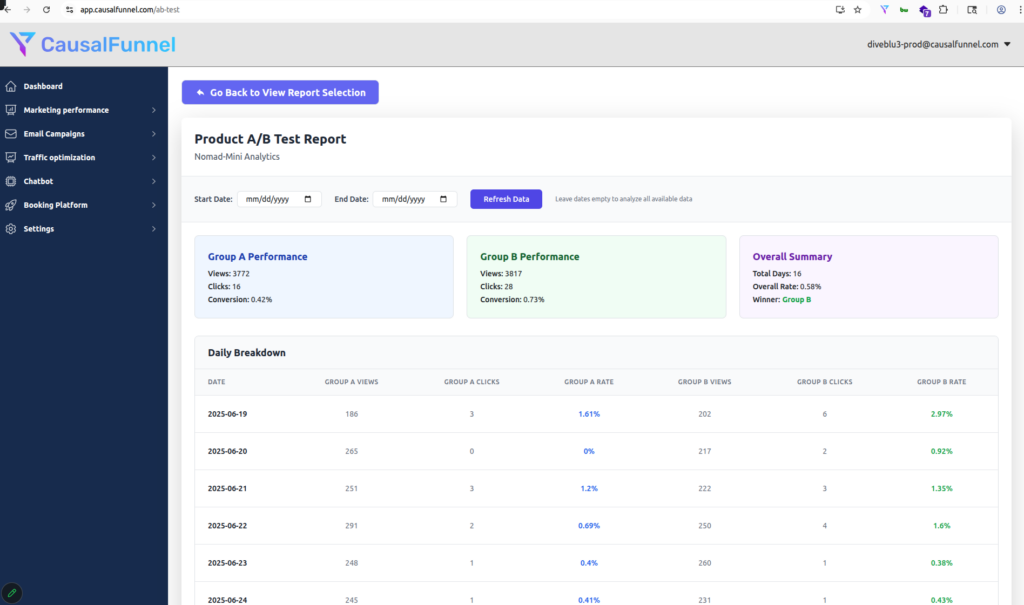
CausalFunnel offers privacy-focused multi-channel attribution and funnel optimization that respects consent and cookie policies, critical for today’s data protection rules.
Successful SaaS lead generation stacks multiple tools that cover every funnel stage without overlap. Combine a CRM like HubSpot or Salesforce with landing page builders (Unbounce), lead ID tools (Leadfeeder), AI scoring (MadKudu), and automation (Zapier) for a complete view. This integration empowers marketers to track leads from first contact to close, identify roadblocks, and run experiments that improve conversion at every step.
Scaling lead generation effectively is crucial for SaaS companies that want to grow sustainably. To do this, marketers must focus on three key metrics: customer acquisition cost (CAC), lifetime value (LTV), and lead velocity rate (LVR). Understanding and optimizing these helps businesses reduce waste, increase revenue, and predict future growth clearly.
CAC measures how much it costs to bring in one new paying customer. For SaaS companies, CAC is often high due to long sales cycles and the need for personalized marketing. Lowering CAC means getting more customers while spending less. There are several proven ways to reduce it:
Smarter allocation of resources toward channels and tactics with the best return cuts CAC and accelerates growth.
LTV approximates the total revenue you expect from a customer during their entire relationship with your business. Growing LTV means increasing revenue without spending more on marketing:
High LTV creates a virtuous cycle of sustainable growth and better marketing ROI.
LVR tracks how fast qualified leads (those likely to buy) grow month over month. It’s a powerful early indicator of pipeline health and future revenue potential. A steady increase in LVR means your marketing and sales are attracting more of the right prospects faster than before. To improve LVR:
By monitoring LVR, SaaS companies can forecast revenue more accurately, identify bottlenecks, and prioritize efforts to keep growth on track.
Deciding whether to outsource your SaaS lead generation or build an internal team is a big question. Both have advantages and challenges. The key is assessing your company’s specific needs, budget, and growth goals to choose what will deliver the best return on investment.
Start by understanding what your company requires. If lead generation is a core growth driver and you want full control, investing in an in-house team might be right. It takes time and money to recruit, train, and maintain skilled marketers. On the other hand, outsourcing to an experienced agency often brings faster results, a wider set of expertise, and access to advanced tools without upfront investments.
Calculate costs carefully. In-house teams need salaries, benefits, and resources, while agencies usually charge monthly fees based on scope. Consider expected ROI: will outsourcing accelerate lead flow and revenue more than internal hiring can? Keep in mind the flexibility agencies offer for scaling efforts up or down compared to internal staffing.
Choosing the right agency matters. Look for proven SaaS experience with clients similar to yours. Check case studies and client feedback to verify results, focusing on metrics like lead quality, conversion rates, and growth impact. Communication and culture fit are also essential to ensure collaboration runs smoothly.
Be sure the agency understands your tech stack and can integrate marketing tools with your CRM and analytics systems. Transparency in reporting and clear deliverables are important so you can track performance.
Many companies find success mixing both approaches. Outsource certain functions like paid ads or content creation while keeping strategic oversight and core campaigns in-house. This hybrid model balances control with access to specialized skills.
Regularly review performance, whether with an agency or internal team. SaaS growth is dynamic, so remain open to shifting budgets and strategies as results come in. The goal is a lead gen engine that scales, delivers high-quality leads, and aligns tightly with your business goals.
Selling to enterprise companies is a different game from typical SaaS sales. Instead of one decision-maker, you deal with buying committees: groups of people from different departments who all influence the purchase. Understanding their dynamics and adopting a relationship-based, multi-touch approach is essential for success.
A buying committee usually includes multiple stakeholders like finance, IT, end users, legal, and executives. Each member evaluates your product from their viewpoint: finance cares about return on investment, IT checks compatibility, and end users focus on ease of use. These different priorities mean winning over the committee requires addressing the unique concerns of each person.
Since committee decisions take time, sales cycles are longer. It’s important to stay patient while keeping everyone engaged. Identifying key influencers and champions, people who support your solution internally, can help move conversations forward and build consensus.
Enterprise buyers expect personalized attention. Multi-touch nurturing means engaging with prospects across various channels and over time through emails, calls, webinars, and content targeted to their specific needs. Every interaction should feel relevant and build trust. Personalize communications by referencing their challenges, industry trends, or recent conversations. Consistency without being pushy shows you understand their situation deeply.
Establishing strong, authentic relationships is critical in enterprise sales. This involves active listening, empathy, and transparency. Instead of just selling features, focus on solving problems and adding real value. Show case studies and client success stories that demonstrate outcomes similar to those companies have achieved. Build credibility by being a trusted advisor, not just a vendor.
Winning big accounts requires using multiple channels to reach and influence the buying committee. Think LinkedIn outreach, targeted ads, industry events, webinars, and personalized direct mail. Coordinating these touchpoints so they reinforce each other keeps your brand top of mind. Use marketing automation and CRM tools to track interactions and tailor follow-ups.
The SaaS lead generation landscape in 2025 is rapidly evolving, driven by technology advances and shifting customer expectations. Staying ahead means embracing new tools and strategies that focus on automation, personalization, and privacy while constantly testing and optimizing your efforts.
Artificial intelligence has become a game-changer for SaaS marketing. AI-powered tools analyze massive amounts of data to predict which leads will convert, enabling smarter targeting and better use of sales resources. Predictive analytics help marketers personalize communications based on user behavior and anticipate customer needs before they arise. This level of insight boosts conversion rates and shortens sales cycles.
At the same time, cookieless attribution has emerged as a critical challenge. With browsers blocking third-party cookies, marketers can no longer rely on traditional tracking. New privacy-compliant solutions use first-party data and AI-driven models to attribute conversions accurately across channels without compromising user consent. Tools like CausalFunnel are leading this shift, helping SaaS companies measure marketing effectiveness while respecting privacy.
Automation tools now power advanced lead nurturing workflows, freeing marketers from repetitive tasks like sending follow-ups and scoring leads manually. Combined with AI, automation delivers highly personalized content and offers at the right time, increasing engagement. Personalization extends beyond email to website experiences, product recommendations, and chatbots, creating seamless journeys tailored to individual prospects.
Data privacy rules, like GDPR and CCPA, remain strict in 2025. SaaS marketers must prioritize transparent data handling and build trust through clear communication and opt-in consent. Compliance is not just legal; it’s a competitive advantage that reassures prospects and builds long-term loyalty.
The fastest-growing SaaS companies run many small tests to find what works best. Tools for A/B testing, funnel analysis, and campaign optimization accelerate learning. Using data-driven experimentation ensures resources focus on high-impact activities. Once a successful tactic is identified, scaling it quickly amplifies growth without wasted spend.
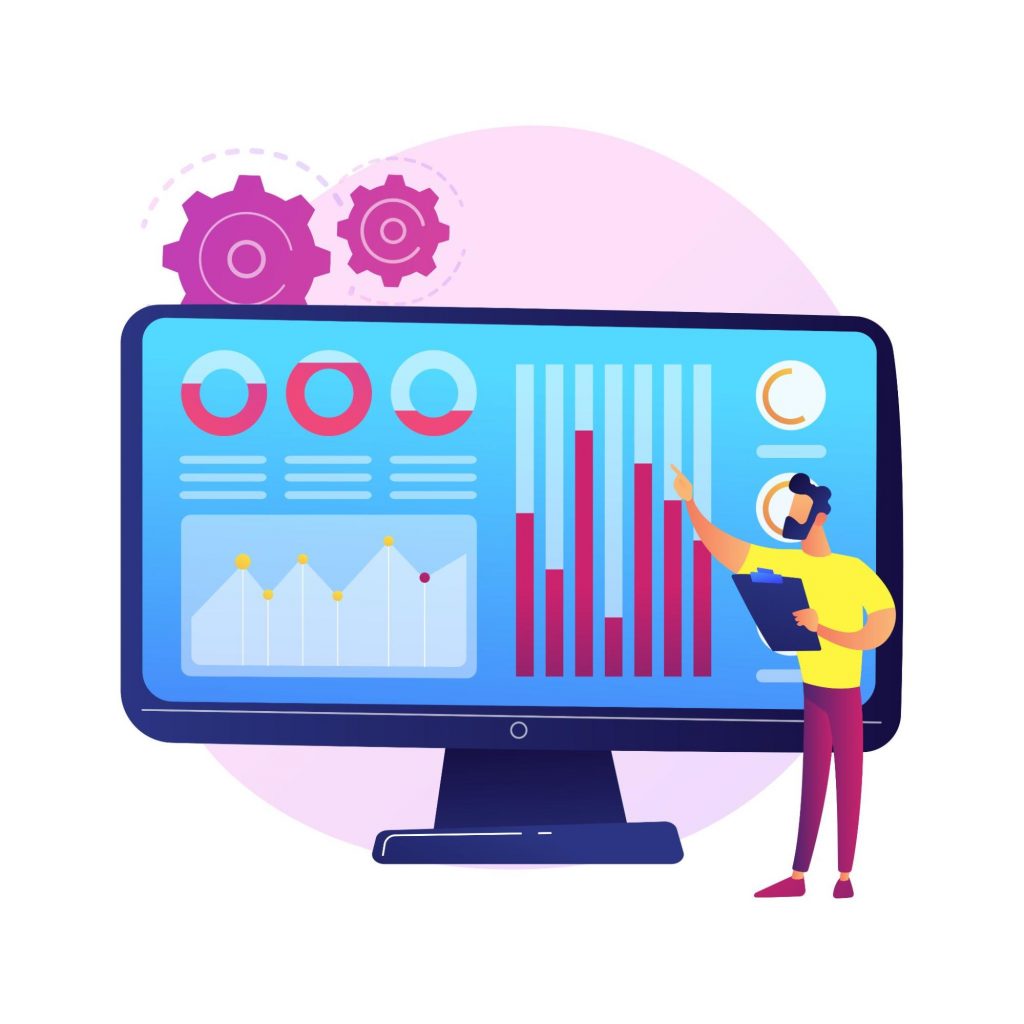
Effective measurement and reporting form the backbone of successful SaaS lead generation. Without clear data, it’s impossible to know what’s working or where to improve. Setting up dashboards, tracking meaningful funnel metrics, understanding attribution, and running continuous experiments ensure your efforts drive real growth.
Dashboards act like the command center for your marketing. They display real-time data on key metrics such as traffic, leads, and conversions in a clear, organized way. Effective dashboards focus on the metrics that truly matter to your growth, like the number of marketing qualified leads, conversion rates at every funnel stage, and monthly recurring revenue. By monitoring these, your team can spot trends early, find where potential leads drop off, and adjust strategies quickly.
Metrics evolve as your business grows. Regularly revisiting which metrics to track keeps your dashboard focused and useful. Automating alerts for sudden changes in metrics like a spike in churn or drop in trial conversions, helps catch issues early.
Attribution answers the question: which marketing efforts actually lead to conversions? Traditional last-click attribution often overlooks the many touchpoints that influence a sale. Multi-touch attribution models give credit across various channels and interactions, giving a holistic view of how content, ads, emails, and social media work together.
Clear reporting showing this full customer journey makes it easier to justify marketing spend and optimize budgets toward the highest ROI activities. Today, privacy-friendly attribution respects user data choices while still providing valuable insights.
Testing is essential for continual growth. A/B tests compare different versions of a landing page, email, or ad to see which performs better. Even small changes in copy, color, or design can impact conversions significantly.
Adopting a mindset of experimentation means regularly trying new ideas, measuring their impact, and refining your approaches based on data. This reduces guesswork and keeps your lead generation efforts fresh and effective.
To grow your SaaS business in 2025, focus first on setting clear goals that align with your company’s priorities. Know your ideal customers well, and map out their journey to tailor content and outreach effectively. Blend inbound and outbound lead generation tactics, supported by the right tools and technology to automate and optimize every step.
Track key metrics like customer acquisition cost, lifetime value, and lead velocity rate to keep your growth predictable and healthy. Embrace trends such as AI-powered personalization and privacy-compliant attribution to stay ahead of the curve.
Start by implementing small, manageable changes rather than trying to do everything at once. Build a culture that values data-driven decisions and continuous testing. These actions create a strong foundation to scale lead generation over time.
If any part of this process feels unclear, or if your team needs help tailoring strategies to your unique challenges, don’t hesitate to reach out. Discussing your specific goals and obstacles is the best way to unlock focused growth and sustainable results.
Empowering businesses to optimize their conversion funnels with AI-driven insights and automation. Turn traffic into sales with our advanced attribution platform.



